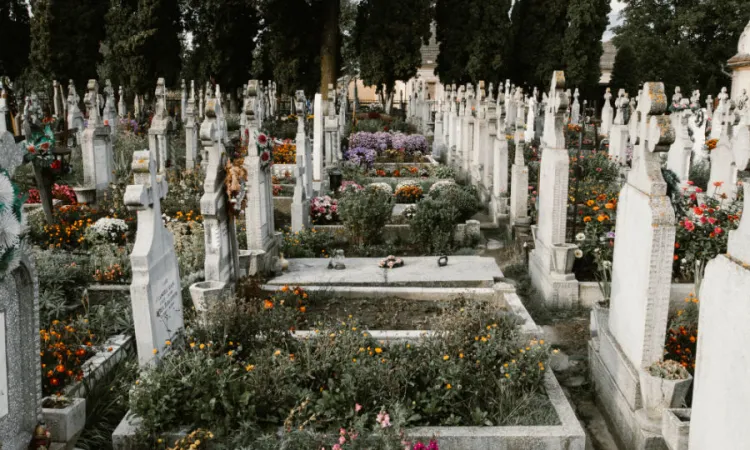Nov 30, 2017
In the center of modern Rome, on the banks of the Tiber, there humbly rises a dilapidated ruin that once stood as a proud building of Imperial Rome. It is the Mausoleum of Augustus. The Greek historian Strabo records that Augustus, the first emperor of Rome, built this structure in 23 B.C. to house his remains and those of his family when they died.
This funerary monument is second in size only to the Egyptian pyramids. It preserves the cremated remains of the Emperors Augustus, Tiberius, Claudius, Vespasian and Caligula. The Mausoleum of Augustus stands in witness to the desire of pagan Rome to honor its dead rulers. From beneath the dust of centuries, the memory of these buried dead rise from the mausoleum's cavernous interior and hover over this hallowed ground. They are not forgotten as individuals who lived and died and then passed to the other side.
Ever since the late twentieth century, more and more people are opting for cremation as a form of disposing the human body in such a way that their memory is lost and no longer honored. All too often death is seen as a "dead end" with nothing beyond. As a result, the human body is seen merely as something that once was but now should be recycled back into nature.
Bereaved relatives are now choosing not to bury their loved one's ashes. Rather, they spread the cremains of their deceased on mountains, in rivers, at sea, in their gardens or just about any other place that may have been significant to the dead person at one time or another. Some even turn their dead relatives into fertilizer to be put at the base of a tree.


